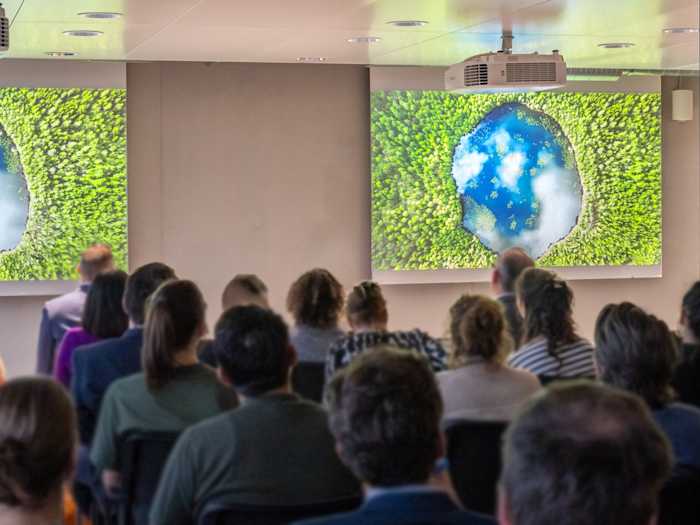Thank you for your interest in our net zero content
This whitepaper and related product are not available for the country of domicile and investor profile selected. To quench your thirst for more knowledge on climate change and the transition to net zero emissions read the short introduction below and explore our suggested articles for further reading.
Why net zero emissions?
Since the industrial revolution, developed economies have drastically improved their quality of life but unfortunately, at the expense of our climate. The way we currently move around, make things, and consume things creates a lot of Greenhouse gases (GHG).These anthropogenic GHG emissions, meaning produced by human activities, are steadily warming our climate which will have devastating and costly consequences if we do not find a way to halt global warming. Our ultimate target needs to be a combination of a zero-emissions way of life and carbon capture technologies to remove the access carbon from the atmosphere. To eventually reach this ultimate target, we need to approach this journey in stages and focus on key milestones along the way. A first important step in the journey is to stop adding any additional GHG emissions to the atmosphere, meaning to make sure our emissions are netting zero. According to scientific studies and as concluded at the Paris Agreement, we need to reach net zero emissions by 2050 as a key milestone to limit global warming to 1.5 degrees Celsius above pre-industrial levels.
Pathway to net zero emissions
In recent years, unequivocal scientific evidence has shown that reaching a global warming of 1.5°C compared to pre-industrial levels will come at a significantly lower cost to our ecosystems, climate, and hence, our most vulnerable populations, than a global warming of 2°C. As a pivotal milestone, the Paris Agreement has set the goal to limit global warming to 1.5°C and reaching Net Zero by 2050 is an essential part of this plan. Net Zero means achieving a balance between the GHG emissions released into and removed from the atmosphere. We therefore need to reduce anthropogenic GHG emissions as much as possible and sequester carbon via natural systems such as forests or technological processes like direct air capture (DAC). But doesn’t this mean we can keep emissions at the current level and simply remove more?
No, unfortunately not. The world’s climate is an incredibly complex system that reacts with a time lag – adding one ton of GHG and later removing it will not lead to the same response as not emitting it in the first place. Additionally, we emit at such a fast pace that our removal options cannot keep up - many reasons to address emission reductions.
Hence, we know what we need to do, but how? To reach net zero in 2050 we would need to reduce GHG emissions by roughly 8% annually , which corresponds to the emissions reductions that the world experienced during the COVID-lockdown in 2020. This is far from an easy task, but it is achievable. We need to set Net Zero targets now, and these will have to be accompanied with credible emission reduction targets on an intermediate time frame.
Explore more on this topic and keep a lookout for events by signing up for our events updates or follow us on LinkedIn.
